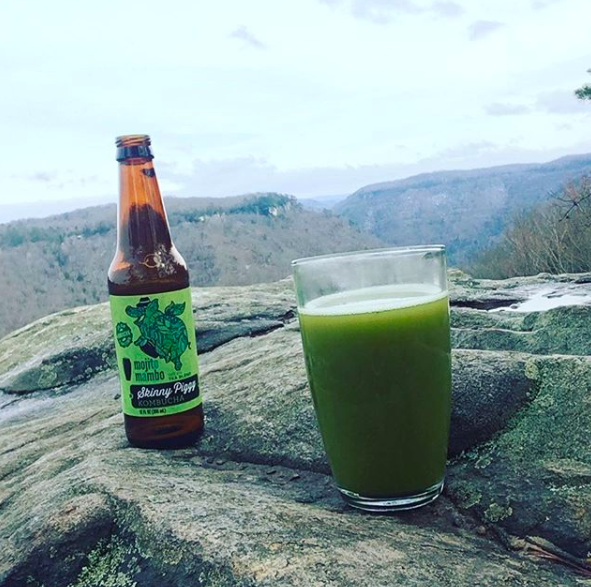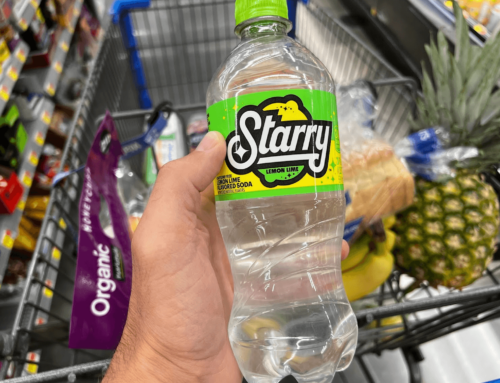The soft drink industry seems to be on the wrong side of the overall mega-trend toward healthier eating and lifestyles. Beverages perceived as healthier such as sports drinks, flavored and bottled water consumption has steadily increased consumption over the past half-decade.
In fact, bottled water is now the most popular drink in the United States according to Beverage Industry Magazine. It wasn’t more than 10 years ago that soft drinks held this position.
Despite this trend, some soft drinks like Coca-Cola have been successful reinventing their products to cater the present, more health conscious drinkers. In fact, Coca-Cola continues to grow in spite of the overall decline in beverage sales, which is extremely impressive when you stop to think about it.
In this report, we review data from multiple sources to see if beverage companies can expect declines in global consumption or if the media headlines have been overblown.
America’s Soda Drinking Habits
According to a CDC report published last 2016, about 30% of US adults drink sugar-sweetened beverages like sugary soda and lemonade each day. (The Verge)
In a 2013 survey, approximately 43 percent of US young adults, ages 18 to 24, drink at least one beverage with added sugar daily. (The Verge)
A study also revealed that a third of men, 40% of which are non-Hispanic black people, and 42% of people who didn’t finish high school drink at least one sugary drink daily. In contrast, about a quarter of women and white adults have a sugar beverage daily. (The Verge)

U.S. Market Trends
A Euromonitor research data showed that Americans spent more money in 2018 to satisfy their desire to consume carbonated waters, including seltzers, and flavored water drinks. (Quartz)
These beverages are the single prime source of calories and added sugar in the U.S. diet as a group. (Harvard T.H. Chan)
Sales of full-calorie soda in the United States have plummeted by more than 25% in the past 20 years. (The New York Times)
Americans consume 52 percent of sugar-sweetened beverage calories at home and 48 percent away from home. (CDC.gov)
Declining per capita soft drink consumption significantly affected industry performance in the past 5 years (to 2019). (IBISWorld)
Out of 23 states, only 2 states show less than 20% of adults were daily sugar-sweetened beverage consumers. (CDC.gov)
The demand for regular and diet carbonated soft drinks has declined dramatically, as more consumers turn to healthier beverages to quench their thirst. (IBISWorld)
Related Reading: How I Sold Over 130,000 Bottles of Switchel
Beverage companies are introducing new innovative formulations to drive growth, including mixes that fuse two or more products that wouldn’t usually be paired together. (Market Research)
The U.S. soda production industry is comprised of regular carbonated soft drinks, diet carbonated soft drinks and sparkling water, as well as sports and energy drinks and mixers. (IBISWorld)
Some examples of sugar-sweetened beverages include, regular soda (carbonated, not sugar-free), fruit drinks, sports drinks, energy drinks, sweetened water, as well as coffee and tea beverages containing sugar. (CDC.gov)
Soda companies aren’t going anywhere even if there are declines in consumption within the United States. Most experts expect these companies to expand into developing markets or find ways to update their products to reflect the preferences of the changing consumer. (Quartz)
Global Soft Drinks Industry and Trends
The average per capita consumption currently stands at 47.4 L in 2019. (Statista)
Children consumed 79 fewer sugar-sweetened beverage calories a day, representing a 4% cut in calorie intake over all, according to a large government survey from 2004 to 2012. (The New York Times)
Prices for carbonated soft drinks rose 3.4% in 2018. This helps bottom lines across the entire industry. (AJC)
In many European markets, No- and low-calorie drinks account for up to 30% of the total sales. These in turn enable people to refresh themselves without any sugar or calories. (Unesda)
Sugary drink intake is rising dramatically due to widespread urbanization and beverage marketing, especially in developing countries. (Harvard T.H. Chan)
Beverage companies are rolling out healthier products for kids made with lower sugar levels and manufactured with natural or organic ingredients. (Market Research)
Recent studies show the efficacy of no-calorie soft drinks in achieving weight loss as part of a calorie controlled diet. (Unesda)
Soda generated the most revenue in the United States than anywhere in the world (US$245,436m in 2019). (Statista)

Soda companies are currently experimenting with smaller packages for sodas, for which customers will pay a higher price per ounce. (The New York Times)
The beverage internet sales is growing fast despite being still relatively small. (Market Research)
By the year 2025, carbonated soft drinks is expected to reach over US$695.6 Billion, and bring in healthy gains adding significant momentum to global growth. (ReportLinker)
World soda consumption is rising at about the same rate as the population. (Academia)
Soft Drink revenue amounts to US$707,719m in 2019. It is expected to grow annually by 4.2% (CAGR 2019-2023). (Statista)
Related Reading: 57 Global Coffee Industry Statistics and Consumption Trends
Some of the industry’s well-known market players include: Keurig Dr Pepper, Inc., Groupe Danone, Red Bull GmbH, Monster Energy Company, Nestle SA, PepsiCo, Inc., and of course, The Coca-Cola Company. (ReportLinker)
As the world’s second largest economy and the new game changer in global markets, China indicate the potential to grow at 8.5% over the next couple of years and build up approximately US$121.9 Billion in terms of possible opportunities for the picking by aspiring businesses and their keen leaders. (ReportLinker)
Soft drinks are believed by many as a major contributor to health problems and have therefore been accused of obesity among children. (Academia)
Other than from soda, energy drinks contain as much sugar as soft drinks, enough caffeine to raise your blood pressure, and add-ons whose long-term health effects are not yet known. (Harvard T.H. Chan)
The prevalent belief among medical experts is that the negative impact from soft drink consumption far outweighs the benefits from soft drink consumption. (Academia)
Coca-Cola Grows in the U.S. Despite Less Soda Consumption
Coca-Cola generated 69 percent of its worldwide unit volume from sparkling soft drinks in the past year. This is a company that understands how to pivot. (The Motley Fool)
Coca-Cola invested $5.8 billion in worldwide advertising in 2018. Keeping the brand name front and center global consumers has clearly contributed to the stronger overall sales. (Investopedia)
Coca-Cola generates more than half of its income outside of the United States, where soft drink consumption is increasing as a result of rising disposable incomes in many developing economies. (The Motley Fool)
The key to Coca-Cola’s recent profitability can be associated with its pricing power, margin-enhancing restructuring efforts, and venturing into attractive new beverage divisions. (The Motley Fool)
Health Concerns of Drinking Soda
Consistent soft drink consumption — both of sugar-sweetened and artificially sweetened — were associated with a greater risk of all causes of death, according to research published in the JAMA Internal Medicine. (The Washington Post)
Fructose contained in soda turn into fat in your liver. (NCBI)
Studies found that drinking two or more glasses of artificially sweetened soft drinks a day was positively associated with deaths from circulatory diseases. (The Washington Post)
Researchers found no relation between soft drink intake and overall cancer death or deaths from Alzheimer’s disease. (The Washington Post)
The Future of Soda
If you read the national media reports, you might think there’s no one left enjoying these bubbly sugary beverages. But there is hope for soda producers brave enough to change the perception of their product.
Pepsi Co., for example, is much more than the sugary soda you’re familiar with from the brand name. They have transformed themselves into a snack and beverage empire with ownership of brands you’ll recognize on store shelves like Lay’s, Doritos, and Gatorade.
The bottom line is that the best beverage companies are going to listen to their customers and provide the sorts of drinks they demand. If that means adapting into non-traditional less sugary beverages like flavored waters, you can bet these organizations will make the needed changes to ensure the longterm success of their businesses.
This is not the end of an industry, but a reimagining of it.




